VALORANT tech lead Marcus Reid has done all the dirty work to combat high latency.
The developer completed a deep dive into VALORANT’s system latency earlier this year to find everything there is to know about improving performance.
Latency—the time it takes for data to pass from one point on a network to another—is crucial when it comes to tactical shooters. In VALORANT, Reid explained, that’s the time between when you click your left mouse button and when you see your gun firing on your monitor.
Every millisecond counts in tactical shooters. The lower your latency, the faster your actions are processed, which could potentially give you an advantage over your opponents.
Reid conducted a series of tests and made a number of measurements to find the following takeaways:
- Use fullscreen instead of windowed fullscreen
- Double-check your refresh rate setting in Windows
- Don’t use Vsync
- If available, set Reflex to On + Boost
- Consider your hardware when selecting graphics quality settings
If you can tolerate the slower Alt + Tab, use exclusive fullscreen instead of windowed fullscreen, Reid advises. This works on every computer and should have a considerable impact on lowering your latency.
If you have a high refresh monitor—240 Hz for instance—make sure your Windows settings are correct. Higher refresh rates substantially reduce latency even at the same framerate, according to Reid.
Never use VSync. Vertical Synchronization is supposed to help create stability by synchronizing the image frame rate of your game with your refresh rate. But it also consistently increases latency.
Set NVIDIA Reflex to On + Boost if you have hardware that supports it. Reflect On reduces latency in “GPU-bound scenarios.” Reflect on + Boost does the same but also improves CPU cases bound on the render submission thread, according to Reid. You may have to update your graphics driver when using NVIDIA Reflex.
Finally, consider your hardware when selecting your graphics quality settings in VALORANT. Turn off anything that you dislike visually. This advice applies more so to players with older GPUs.



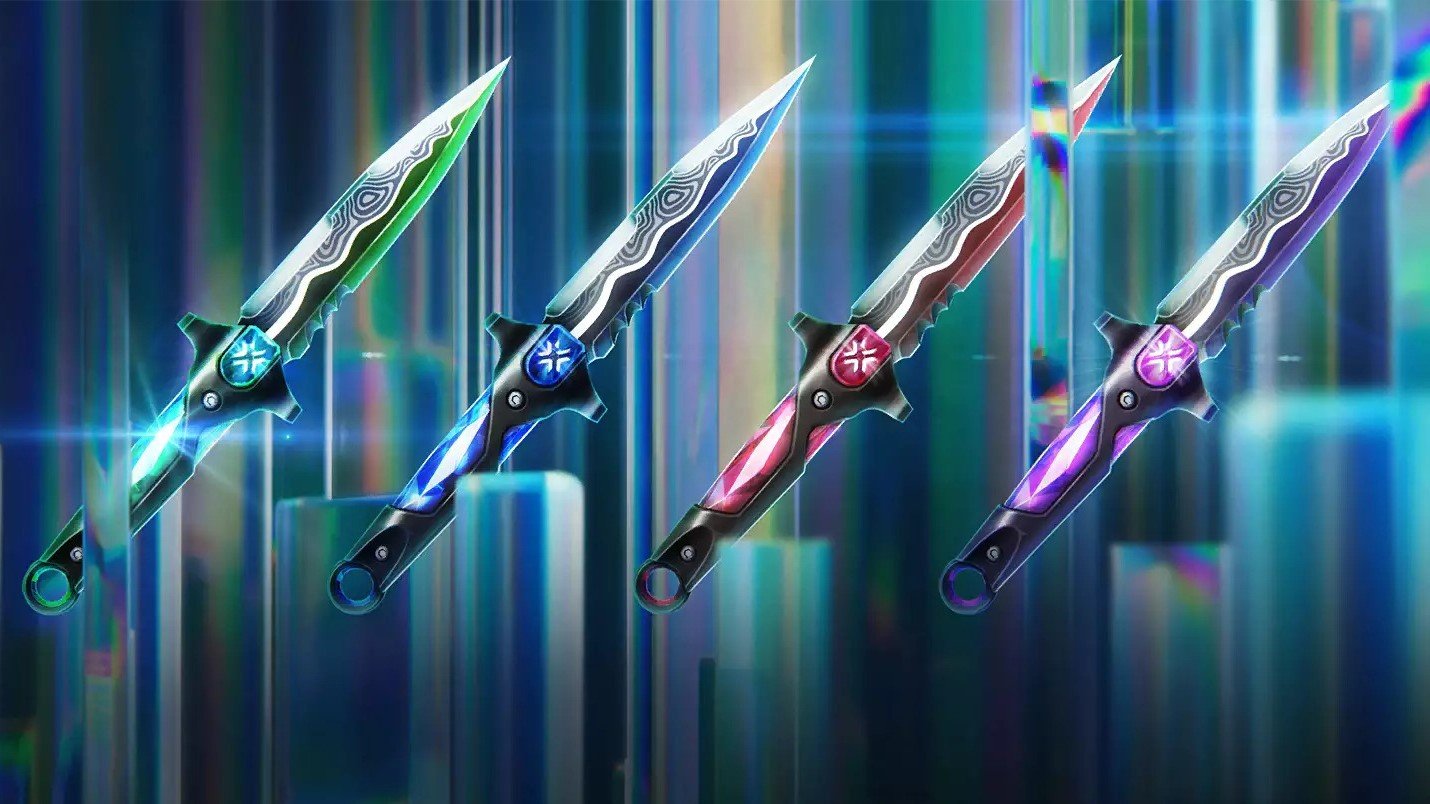

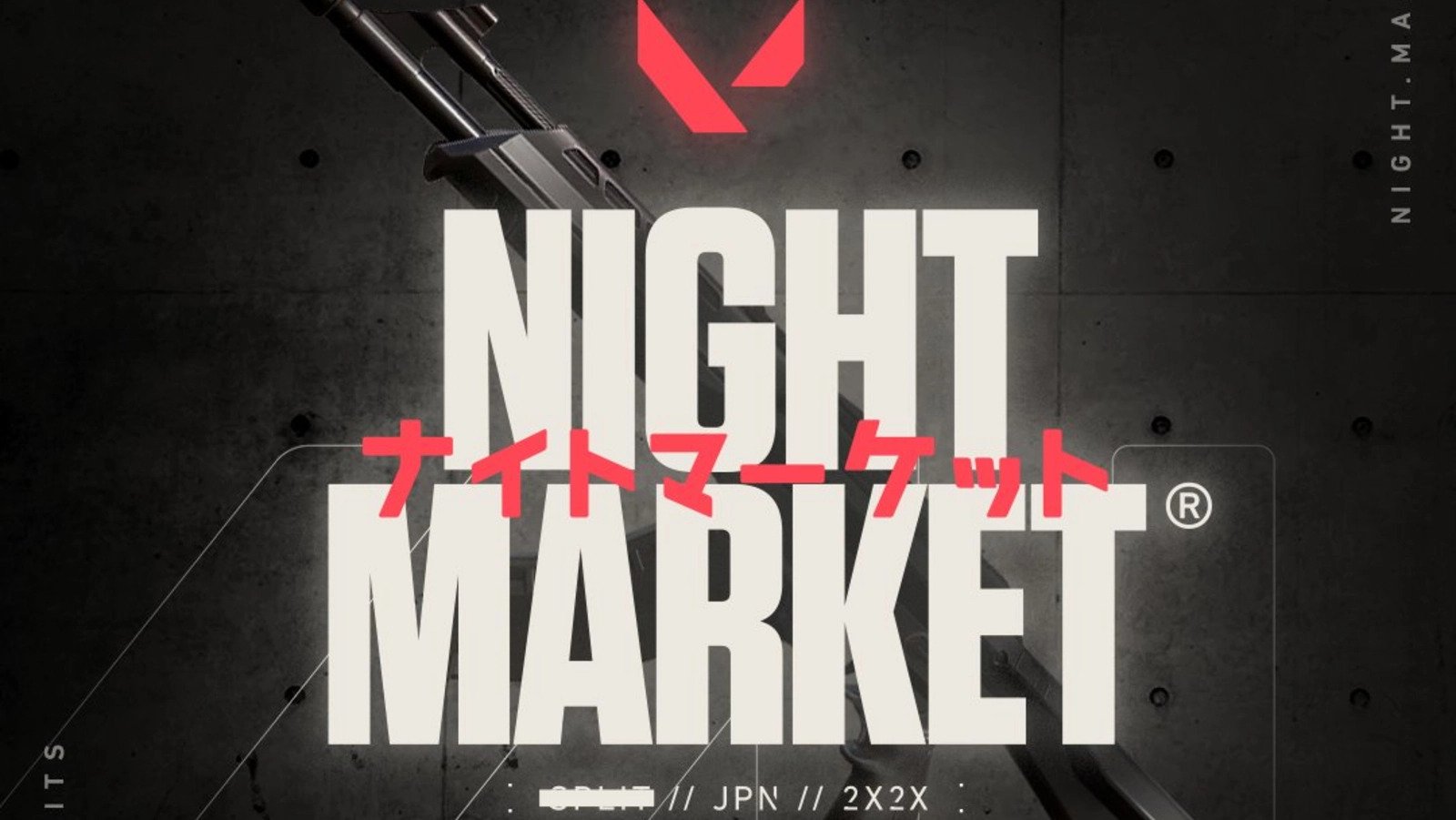
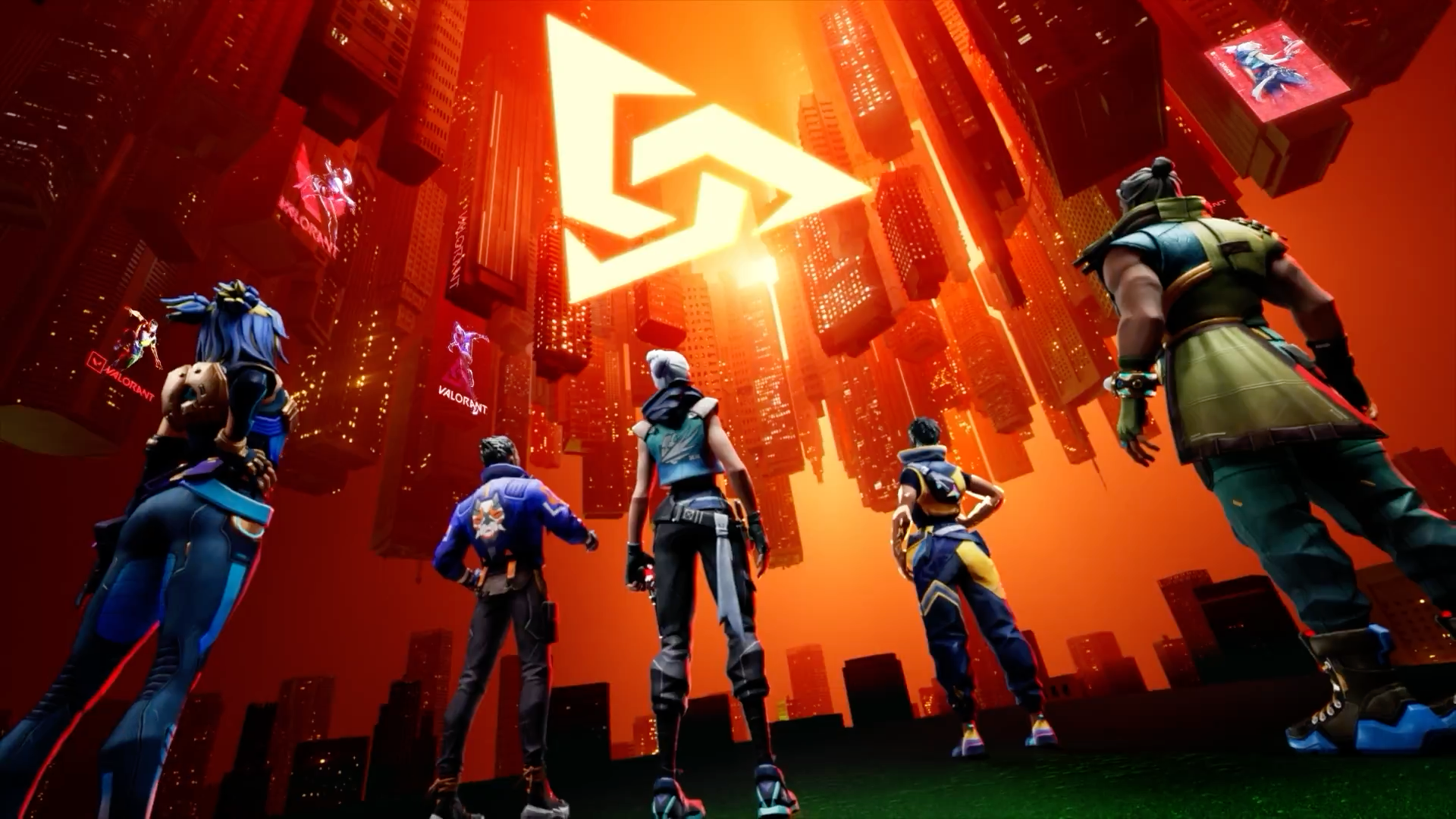
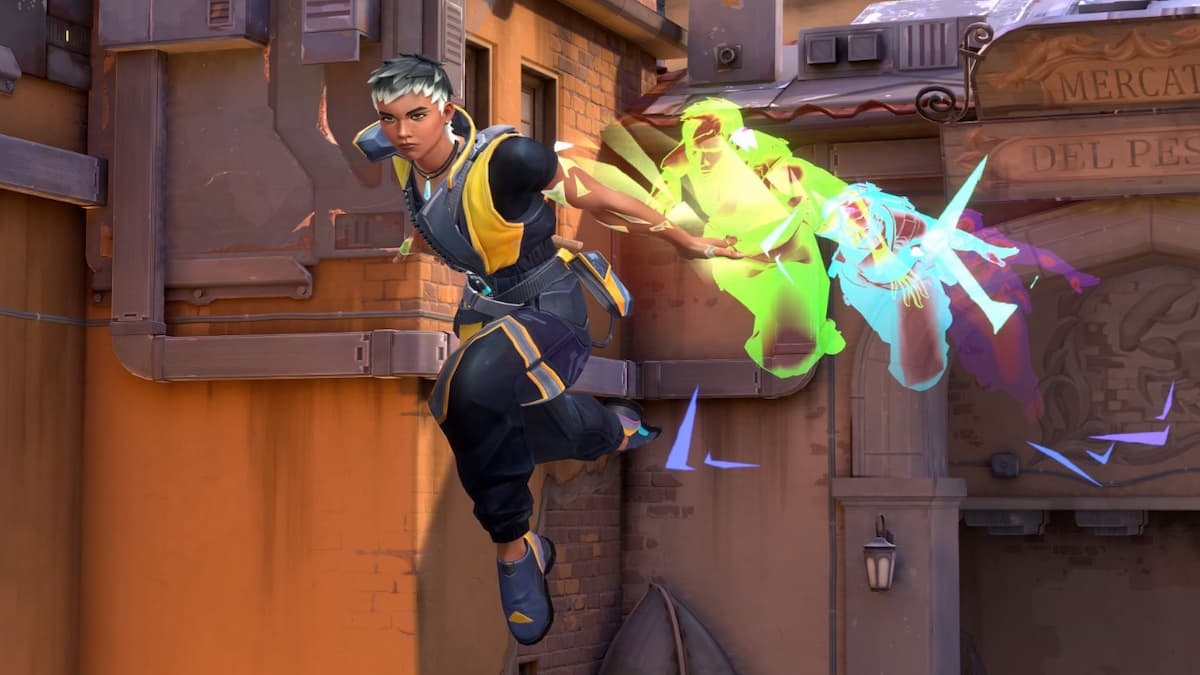
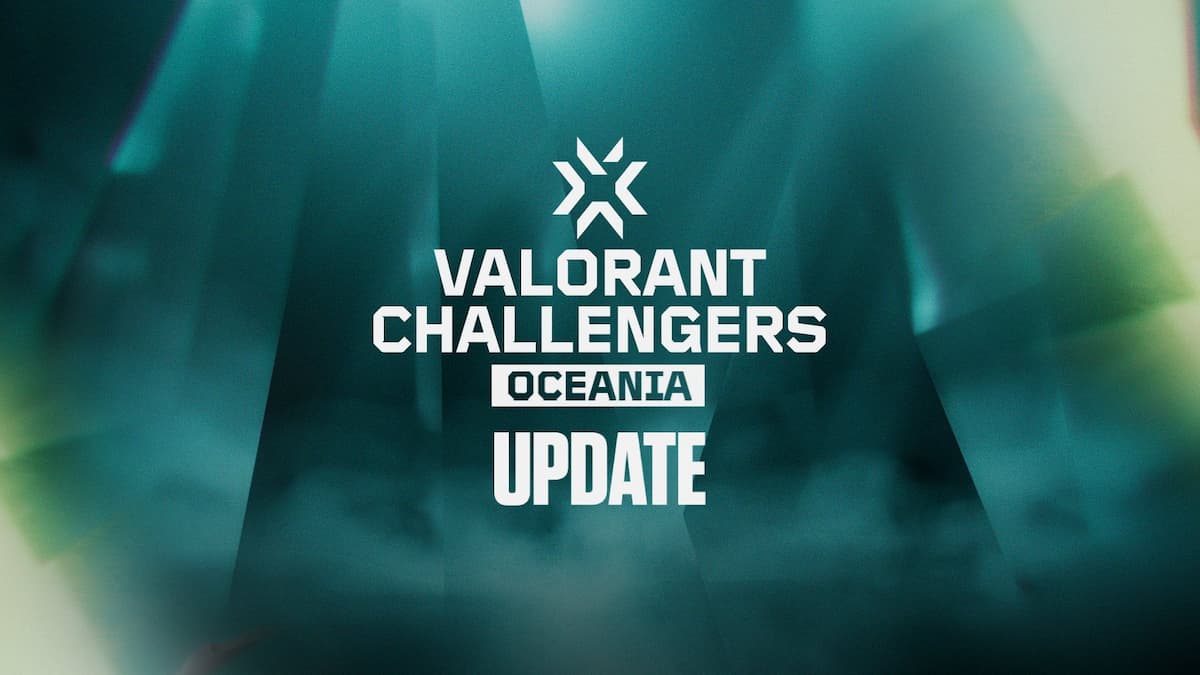
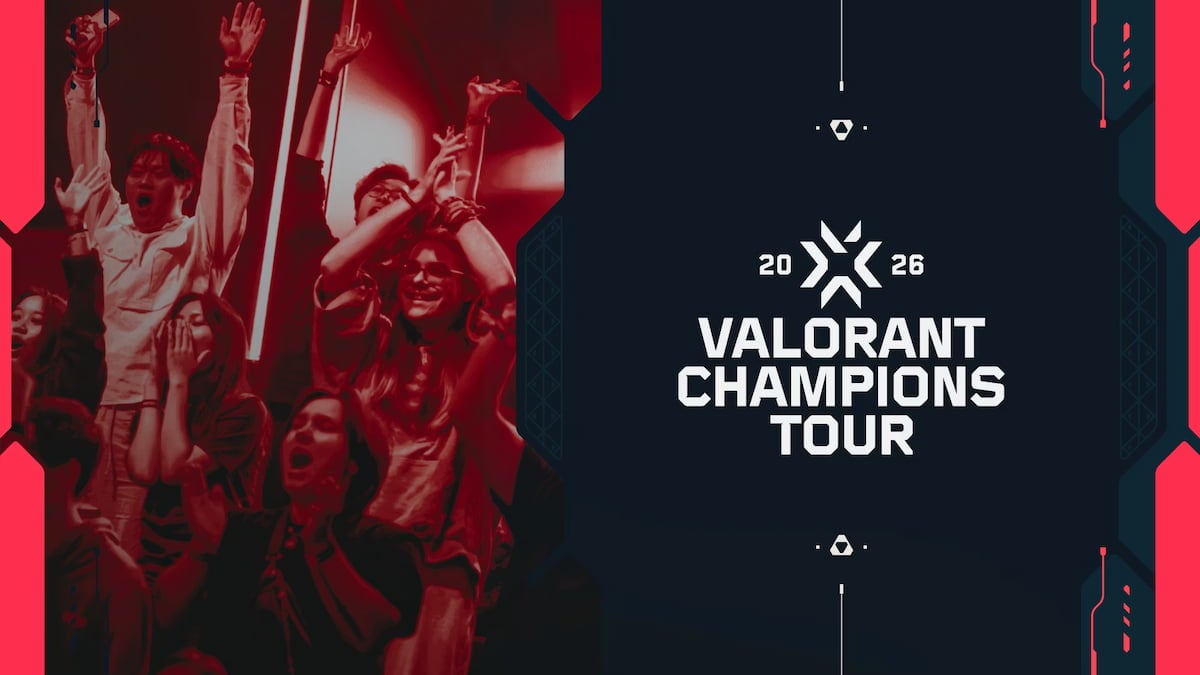
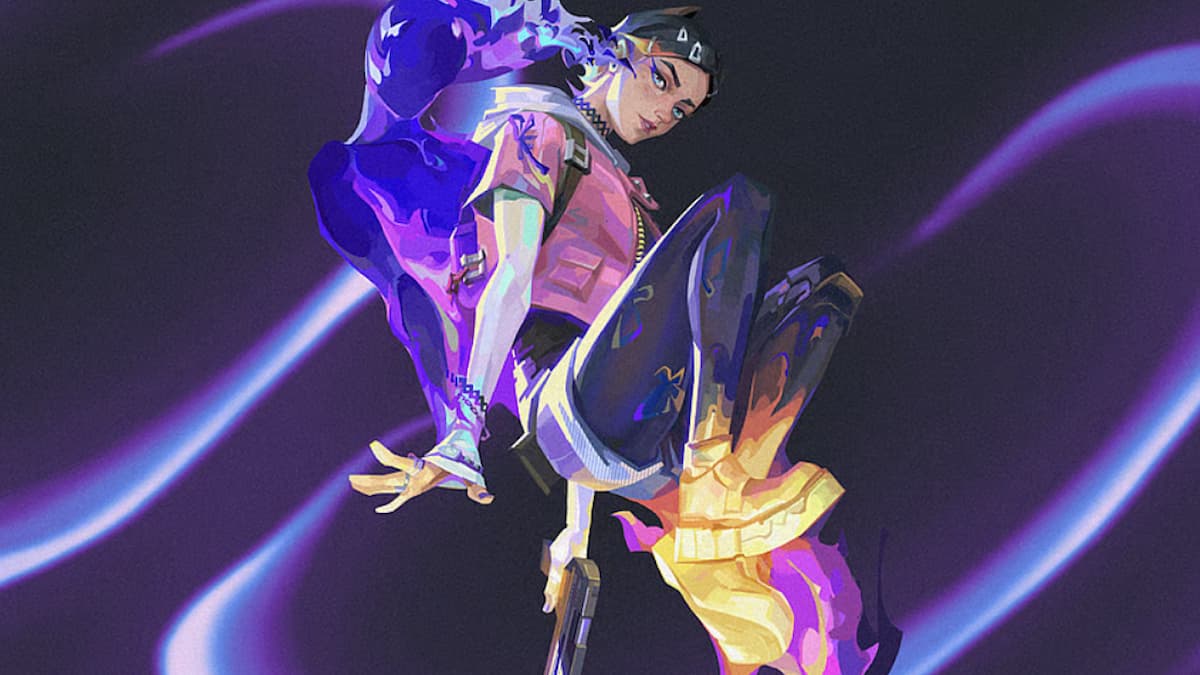
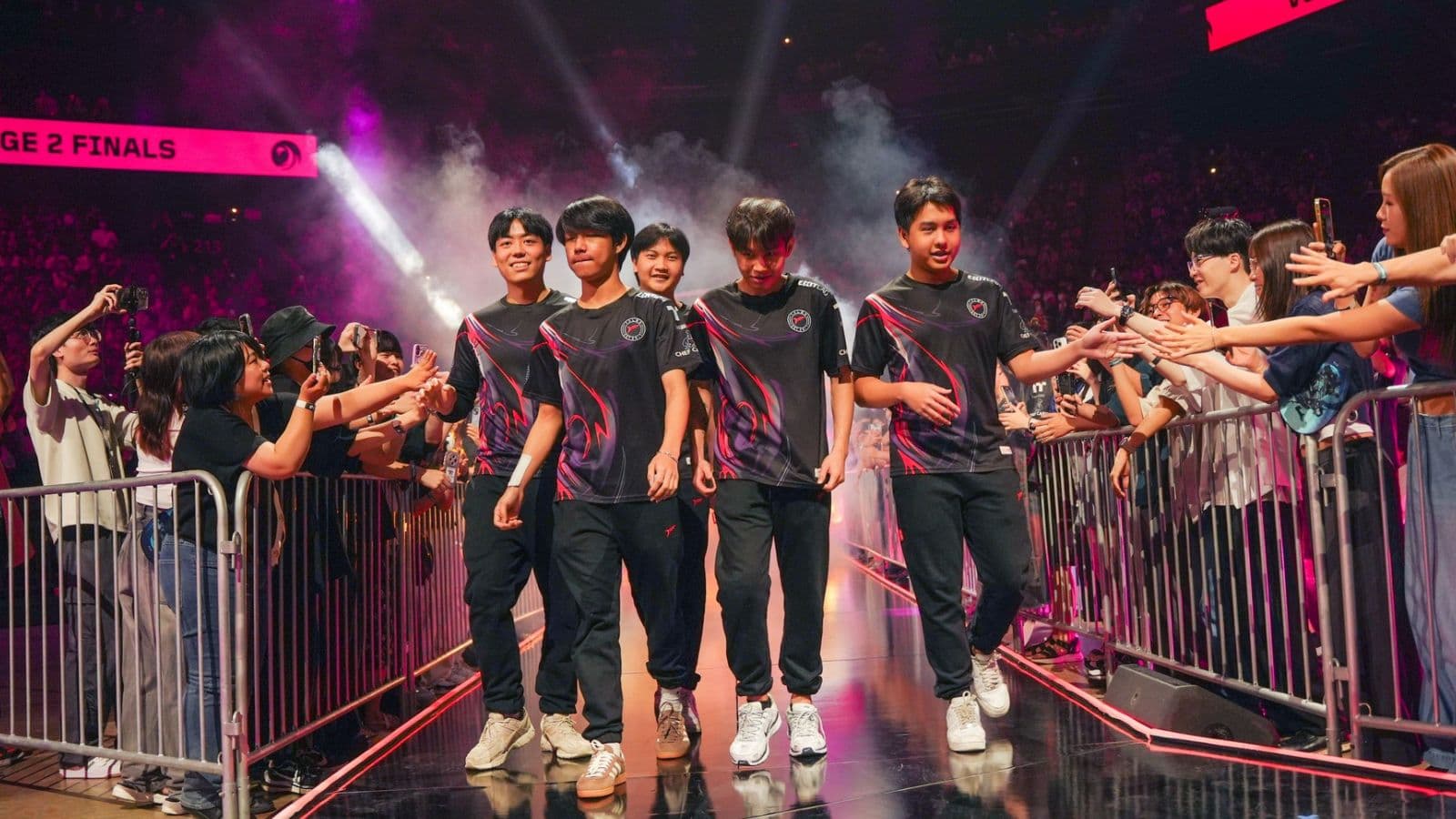

Published: Nov 14, 2022 06:00 am